Having a high level of income has it rewards, except in the case of being able to make Roth IRA contributions, where you may be either partially or entirely phased out depending on your income level. Steven A. Boorstein, PharmD, CFP® and Aiden Boorstein cover three ways for high income individuals and couples to get money into their Roth’s for tax-free growth and income.
⚡️Join our podcast newsletter! https://rockcrestfinancial.nomadrx.com/podcast-newsletter
00:00 Introduction
00:58 Backdoor Roth IRA
01:47 Employer Sponsored Roth Options
02:12 Mega Backdoor Roth
02:44 Conclusion
===================Transcript================
[00:00:00] Hello and welcome to the Personal Financial CEO Podcast. My name is Steve Boorstein and I’m Aiden Boorstein. And today we’re going to talk about how to get money into a Roth if you earn too much to do it the traditional way. So many people know that contributing to a Roth IRA is a great way to get tax-free growth and tax-free income in retirement.
However, if you earn above the IRS limits. Then you may be either phased out from making contribution and may not be able to make the full contribution or you may not be able to make a contribution at all in that particular year. And so we have three ways today to be able to get money into a Roth that , doesn’t rely on your, earnings limits.
So the first way we’re going to talk about today is the Backdoor Roth IRA. And the way this works is if you can make a Traditional IRA contribution. You may be able to convert that money, those [00:01:00] contributions each year, over to a Roth IRA without paying additional taxes.
But there are some important guidelines that you’ll have to know. The first is that you shouldn’t have any other money in Traditional IRAs unless you know the IRS Pro Rata Rules and potential tax consequences.
And if you do this method. You normally have to fill out a form with an IRS form.
It’s called a Form 8606, which basically tells the IRS that you’re not taking a tax deduction on those Traditional IRA contributions before you’re making the conversion into thIRA.
Another way that a high income earner can potentially contribute to a Roth would be a possibly easily overlooked way, which would be to check if your employer sponsors a Roth program. For example, a Roth 401(k), a Roth SEP-IRA, or a Roth SIMPLE IRA. The Roth SEP and the Roth SIMPLE are both new additions to the Secure Act 2.0. And if you own your own business, check to see if [00:02:00] you have a Roth Solo 401(k) available.
The third way to get money potentially into a Roth if you’re a high income earner, is to make after-tax contributions to your 401(k), and then to convert those contributions over to either a Roth IRA or a Roth 401(k).
And I think it’s important that you make sure you stay under the IRS limits.
Which we’ll have listed below in the description as a link. But the strategy allows you to contribute more than what you’d normally be able to contribute to a 401(k). For example, in 2024, if you are age 50 and older, you may be able to contribute about another $46,000 towards your retirement accounts.
So hopefully you found this video useful. If you did like this video and you like this content, please like and subscribe. We also have links to the IRS rules as well as form in the description below. And we also have links to contact us directly if you need additional help.
Interested in exploring how a comprehensive flat-fee relationship with a Personal Financial CEO can help you you achieve your goals, guided by your values? Our comprehensive financial planning services are provided for one, all-inclusive flat-fee that includes all planning, coordination, organization, accountability, investment management and advice.
⚡️ Visit us at: https://mailchi.mp/rockcrestfinancial.com/prospective-client-inquiry The information presented in this podcast is intended for informational purposes only and does not purport to be investment advice or an offer of investment advice, an offer to buy or sell any security or a recommendation of any investment strategy or course of action. Any graphs, charts, or calculations used are for illustrative purposes only. Check out our full disclosures at: https://rockcrestfinancial.nomadrx.com
Links discussed in episode:
- https://www.irs.gov/newsroom/401k-limit-increases-to-23000-for-2024-ira-limit-rises-to-7000
- https://www.irs.gov/pub/irs-drop/n-23-75.pdf
- https://www.irs.gov/forms-pubs/about-form-8606
- ⚡️https://mailchi.mp/rockcrestfinancial.com/prospective-client-inquiry
=========================== Connect with us! =============================
➡︎Website: https://rockcrestfinancial.nomadrx.com/
➡︎Podcast/Newsletter: https://rockcrestfinancial.nomadrx.com/podcast
➡︎Facebook: https://www.facebook.com/RockCrestFinancial
➡︎LinkedIn: https://www.linkedin.com/in/stevenaboorstein/
➡︎YouTube: https://www.youtube.com/@PersonalFinancialCEO
➡︎Instagram: https://www.instagram.com/personalfinancialceo/
➡︎Twitter: https://twitter.com/StevenBoorstein
#PersonalFinancialCEO #StevenBoorstein #RockCrestFinancial
Our mission here at The Personal Financial CEO Podcast and RockCrest Financial is to help clients reach the best financial health of their lives and stay that way forever.

